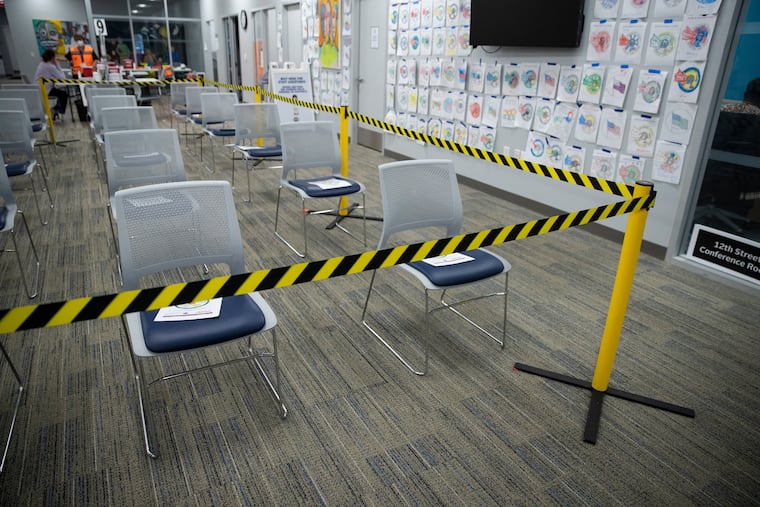Millions still haven’t gotten COVID shots. What does that mean for the future of the vaccination effort?
The slowdown raises questions about how long resources should be spent on outreach and whether the strategies of the last year are still effective in persuading the unvaccinated.
